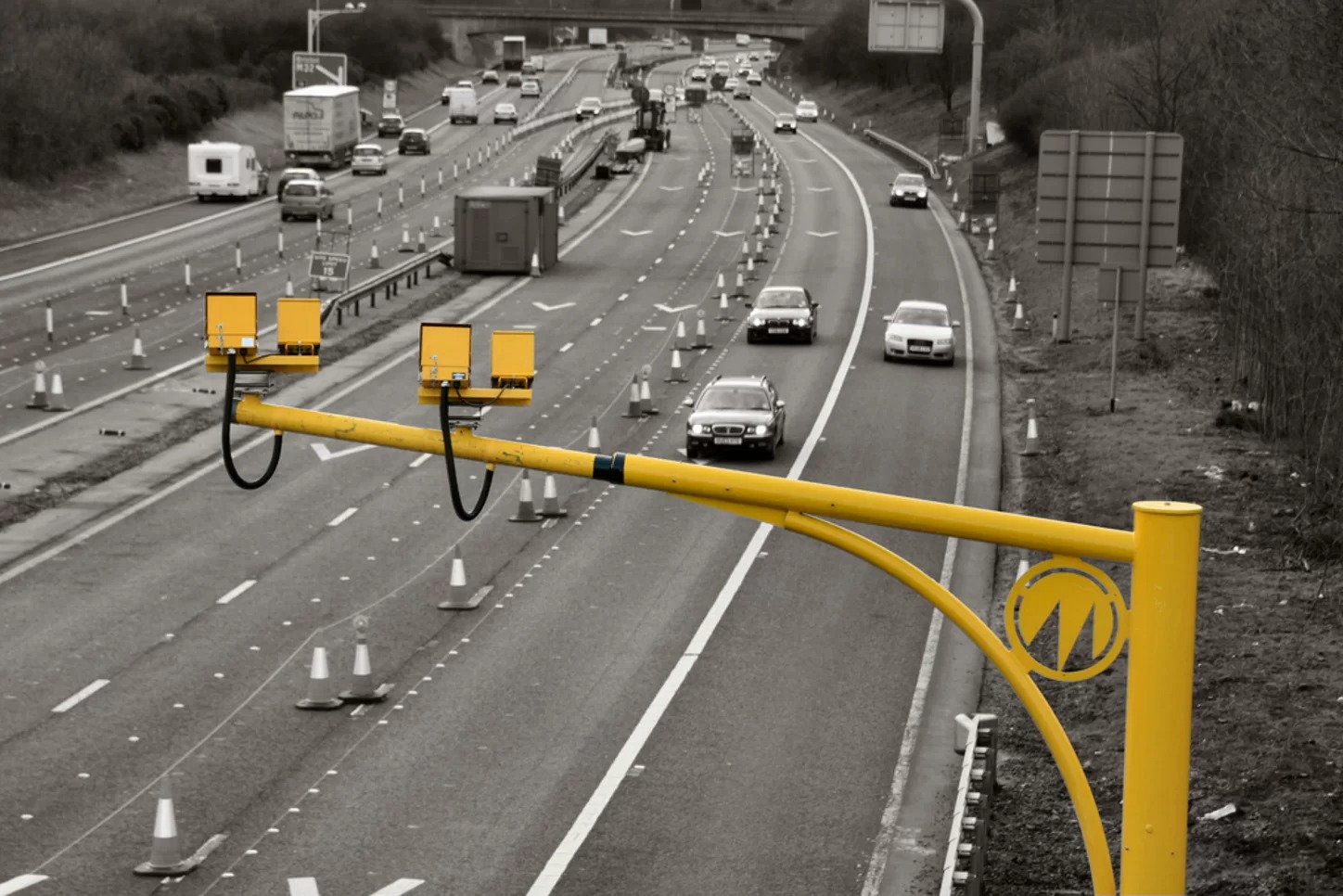The ability to automate vehicle access has become a priority for residential, commercial, and municipal properties alike. At the heart of this capability is the automatic license plate recognition system, a technology designed to identify vehicles without manual intervention. Whether opening a gated entrance or logging entries into a secure facility, this system enables fast, contactless access with minimal user input.
Understanding how this technology works provides insight into its growing use in parking management, gated communities, and security-sensitive facilities. This article breaks down the mechanics behind the automatic number plate recognition process in clear and practical terms.
What Is ALPR or ANPR?
Both acronyms—ALPR and ANPR—refer to the same technology. ALPR stands for automatic license plate recognition system, and ANPR is short for automatic number plate recognition. The former is more commonly used in North America, while the latter is more prevalent in the UK and other parts of the world.
Regardless of the terminology, the function remains the same: using specialized cameras and software to detect, read, and identify vehicle license plates as they pass through a designated checkpoint.
Step 1: Capturing the Image
The process begins with a high-performance camera, typically positioned at an entry gate, toll booth, or parking garage entrance. Unlike traditional surveillance cameras, ALPR devices are optimized to capture sharp, high-contrast images of moving vehicles under varying lighting conditions.
Many systems use infrared (IR) lighting to enhance plate visibility at night or in poor weather. This non-visible light allows the camera to “illuminate” the plate without distracting drivers. Image clarity at this stage is essential, as it sets the foundation for all subsequent steps.
Step 2: Locating the Plate
Once the image is captured, software analyzes the frame to identify the specific region containing the license plate. This process, known as plate localization, uses pattern recognition techniques to distinguish the plate’s rectangular shape from the rest of the vehicle and background.
Advanced systems can locate plates even when they are tilted, partially obstructed, or dirty. The accuracy of this step depends heavily on both camera placement and the sophistication of the recognition algorithm.
Step 3: Reading Characters with OCR
After isolating the license plate area, the system applies Optical Character Recognition (OCR) to read the characters on the plate. OCR translates visual data (letters and numbers) into machine-readable text, which can then be used for comparison or recordkeeping.
The OCR must accommodate a wide range of fonts, plate formats, and state-specific designs. Some plates feature special characters, decals, or symbols that add complexity to the reading process. High-quality software is trained to recognize and interpret these variations with minimal error.
This step is where the true strength of the automatic number plate recognition system is tested. Effective OCR improves overall accuracy, particularly in environments with inconsistent lighting or fast-moving traffic.
Step 4: Matching the Plate to a Database
Once the system converts the plate into text, it compares the data against a predefined database. This list might include:
- Authorized residents or employees
- Approved delivery vehicles
- Temporarily granted access for guests or contractors
- Watchlisted or denied entries
Depending on the match, the automatic license plate recognition system can initiate different actions. For example, it may open a gate, deny access, log the event, or notify security personnel. This process typically occurs within one second—making it ideal for busy access points where speed and reliability are critical.
What Influences Accuracy?
Several factors impact the effectiveness of an automatic number plate recognition system:
- Camera Resolution:Higher resolution enables clearer plate captures, even from a distance.
- Lighting:IR and LED lights help reduce shadows, glare, or reflections.
- Installation Position:Cameras must be mounted at appropriate angles and distances for maximum clarity.
- Software Intelligence:Systems that incorporate machine learning can adapt to new plate types and environmental challenges.
Regular maintenance and calibration also play a role. A misaligned or dirty camera can severely compromise accuracy, no matter how advanced the software.
Why ALPR Matters for Security and Efficiency
Beyond speed and convenience, ALPR technology offers significant advantages in security and operational oversight. By automating vehicle identification, the system minimizes human error and eliminates the need for physical passes or manual gatekeeping.
The automatic license plate recognition system provides accurate logs of all vehicle entries and exits, which can be used for audits, incident investigations, or compliance tracking. It also streamlines operations by enabling remote access control without on-site staff.
Conclusion
The automatic number plate recognition process is a combination of specialized hardware and intelligent software working together to identify vehicles with remarkable speed and accuracy. From capturing the image to checking the database, each step is optimized for efficiency and reliability.
For communities, businesses, and public agencies, adopting an automatic license plate recognition system offers a smart, scalable way to manage access and monitor vehicle traffic. With the right setup and regular maintenance, these systems provide high performance in real-world conditions—making them a valuable tool in modern access control.



